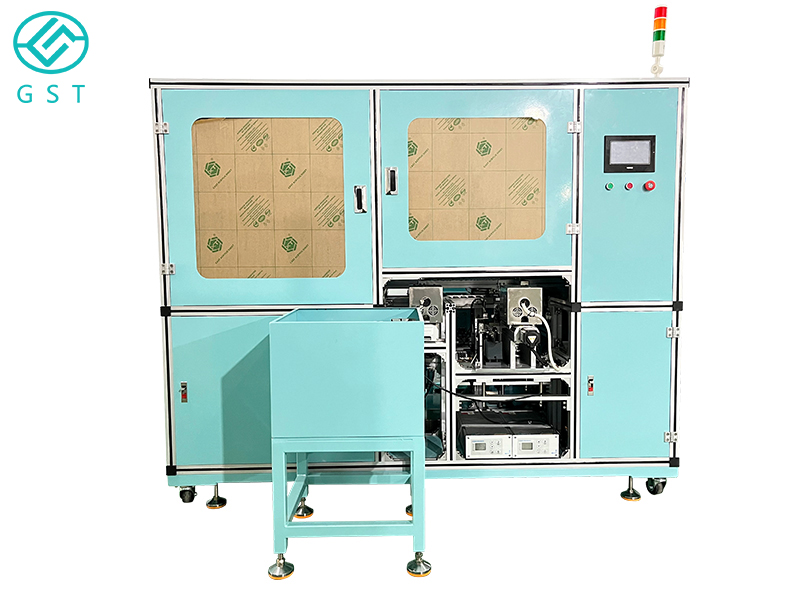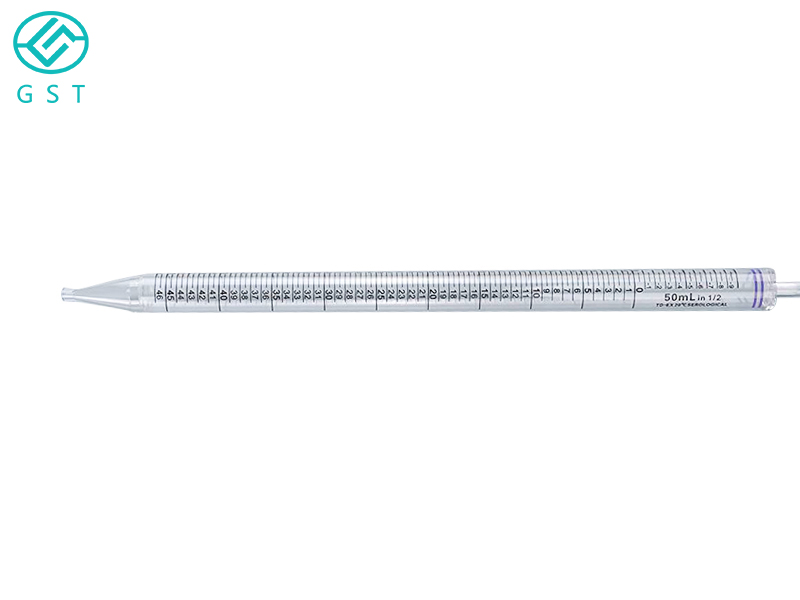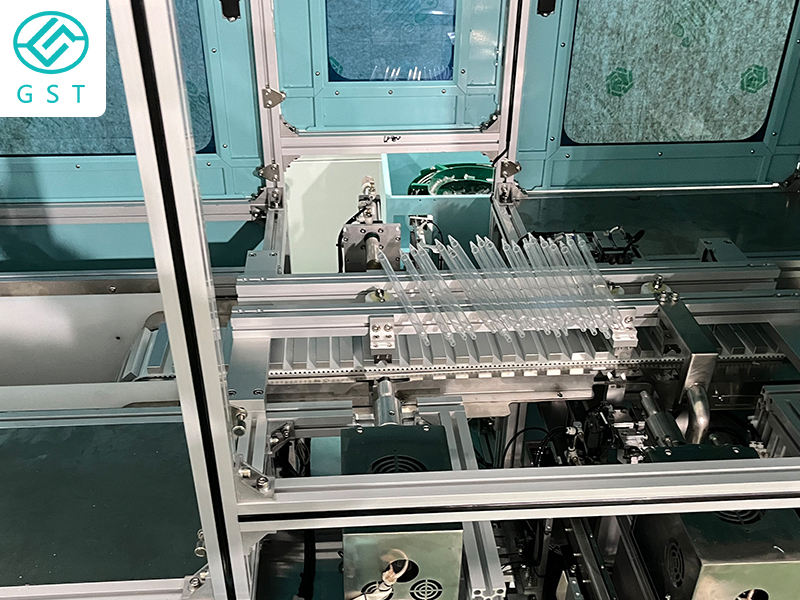Release Date:2022-10-06 10:37:40 Popularity:
In 1950, ultrasonic welding technology was invented in the United States, the technology as a highly efficient plastic products connection method in the industry can shorten the production time, improve product efficiency and therefore widely used. With the development of the times, ultrasonic plastic welding products from the original single plastic products gradually developed to plastic, non-woven, packaging, printing supplies, medical, electronics, electrical appliances, automotive, stationery toys, household goods and other fields.

1.Ultrasonic welding principle
Ultrasonic welding is a high-tech, all hot melt plastic products can be applied. There is no need to add solvents, adhesives or other auxiliary products in the process of ultrasonic welding. Ultrasonic welding is done through the power supply box AC (200-240V, 50/60Hz) into high-frequency high-voltage signal, and then through the transducer will be converted into high-frequency high-voltage signal mechanical vibration added to the plastic products, so that the plastic products between the two parts of the high-speed friction, the temperature rises, when the temperature reaches the product itself melting point, so that the product interface quickly melted, while under a certain pressure cooling Forming, to achieve perfect welding.
2. Use of ultrasonic welding technology
In order to make full use of the characteristics of ultrasonic welding technology, the use of ultrasonic plastic welding before the product to make a selection. Firstly, it is necessary to use plastics with a low melting point and to carefully consider the design of the product and its weld line. Secondly, when selecting a plastic, the properties of the plastic should be taken into account, whether it is amorphous or crystalline, and the choice of the right plastic and good design should not be overlooked as to whether the weld is stable and reliable and whether the plastic can be reused. Finally, the condition of the plastic part after welding needs to be taken into account. The moulded plastic must have its excellent stability and should not be deformed, bubbled or shrunken.
3. Ultrasonic welding
The design of a typical ultrasonic welding surface must have the following two features: Firstly, the tongue and groove design ensures easy alignment during the welding cycle. Secondly, the weld line must be slim, but must have enough dissolvable material to fuse the welding surface. The exact design depends on the type of workpiece to be welded. The welding pressure, amplitude and other parameters are adjustable to ensure that the welding head can reach the weld surface and apply pressure, while the lower part of the workpiece is the recipient of the pressure and sits motionless in the bottom die. After the welding head has stopped vibrating, the pressure is maintained and the melting position is cooled down.

4. Ultrasonic riveting
This welding method is used for two different materials of plastic parts, one side is a plastic rivet through the other material, the welding head welding surface is designed to rivet wrapped shape. High-frequency vibration and heat causes the plastic rivet to melt and wrap around the other piece of material.
5. Ultrasonic spot welding
Two flat plastic parts, without tongue and groove or rivets, with a pistol-shaped weld head designed to weld through one end and fuse to the other. The advantage is that the welding surface does not require any special design, but for large flat workpieces, the welding head has a high amplitude of vibration, and the design of the welding head surface depends on the final requirements.
6. Ultrasonic inserting
This refers to the embedding of metal, screws and plastic parts. The welding head touches the metal nail and the vibration generates heat, causing the nail to be embedded in the plastic part.

As ultrasonic welding materials vary, the quality of melting point varies, we need to choose the right welding machine according to the raw material of the product when selecting plastic products for welding. Only by mastering the knowledge of ultrasonic welding principles can we better use this technology and improve the effectiveness of our products.